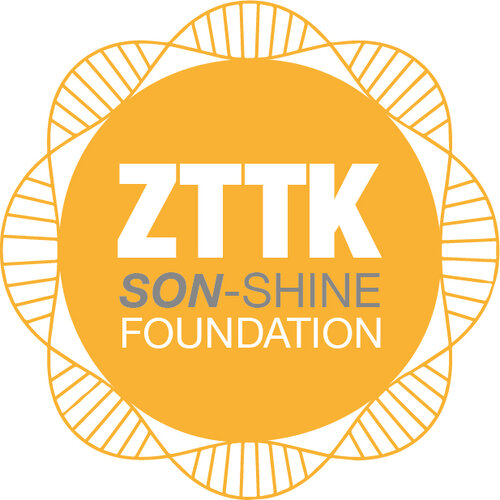What we know about SON
What we know about the SON gene
We know a lot of what we know about the SON gene thanks to Dr. Erin Ahn’s hard work studying SON and it’s role in cancer and rare disease for more than a decade and a half
Dr. Ahn’s lab at the University of Alabama at Birmingham focuses on regulatory mechanisms of gene expression and their roles in cancer and genetic diseases. Particularly, how epigenetic regulation of transcription and alternative RNA splicing contribute to human development and initiation/progression of diseases.
Key data:
Name: SON is also known by some alternative names including: NREBP, BASS1, Protein DBP-5, SON3, etc.
Location and size:
SON spans 34,463 bp on human chromosome 21 and is composed of 12 regular exons
SON’s normal coding sequence is 7,281 bp
SON’s canonical protein isoform is 2,426 amino acids (~7.3 Kb)
Expression: SON is expressed ubiquitously in all human tissues, and across all brain cell types
Features:
Both DNA and RNA-binding motifs
Amino acid repeat sections
Serine/Arginine-rich domain (RS domain)
SON protein molecular function
SON performs a number of critical molecular functions:
SON is essential for nuclear speckle formation and it forms the core of nuclear speckles with SRRM2
SON knockdown leads to changes in cell morphology, defective microtubule dynamics, and double strand DNA breaks. SON controls cell-cycle progression by coordinated regulation of RNA splicing (source 1)
SON is able to bind both DNA and RNA, and plays important roles in RNA splicing and gene transcription:
a) SON plays a critical role in pre-mRNA splicing, and is required for intron removal, cassette exon inclusion, and correct splicing of “weak” splice sites (source 2)
b) SON has an inhibitory effect on transcription (source 3), by:
Interacting with menin
Inhibiting the MLL-menin interaction
Repressing H3K4Me3 (Tri-methylation of histone 3 lysine 4), which regulates gene expression
SON has also been associated with poor cilia formation (ciliogenesis) due to improper centriole formation (source 4)
Source:
1.SON controls cell-cycle progression by coordinated regulation of RNA splicing: https://www.ncbi.nlm.nih.gov/pmc/articles/PMC3137374/pdf/nihms-285866.pdf
2.THE ROLE OF SON IN SPLICING, DEVELOPMENT AND DISEASE : https://www.ncbi.nlm.nih.gov/pmc/articles/PMC4138235/pdf/nihms575213.pdf
3.SON and its alternatively spliced isoforms control MLL complex mediated H3K4me3 and transcription of leukemia-associated genes: https://www.ncbi.nlm.nih.gov/pmc/articles/PMC4799497/pdf/nihms763181.pdf
4. The SON RNA splicing factor is required for intracellular trafficking structures that promote centriole assembly and ciliogenesis (https://www.ncbi.nlm.nih.gov/pmc/articles/PMC8684746/)
5.Image and content credit: Ahn Lab, University of Alabama at Birmingham, https://sites.uab.edu/ahnlab/




